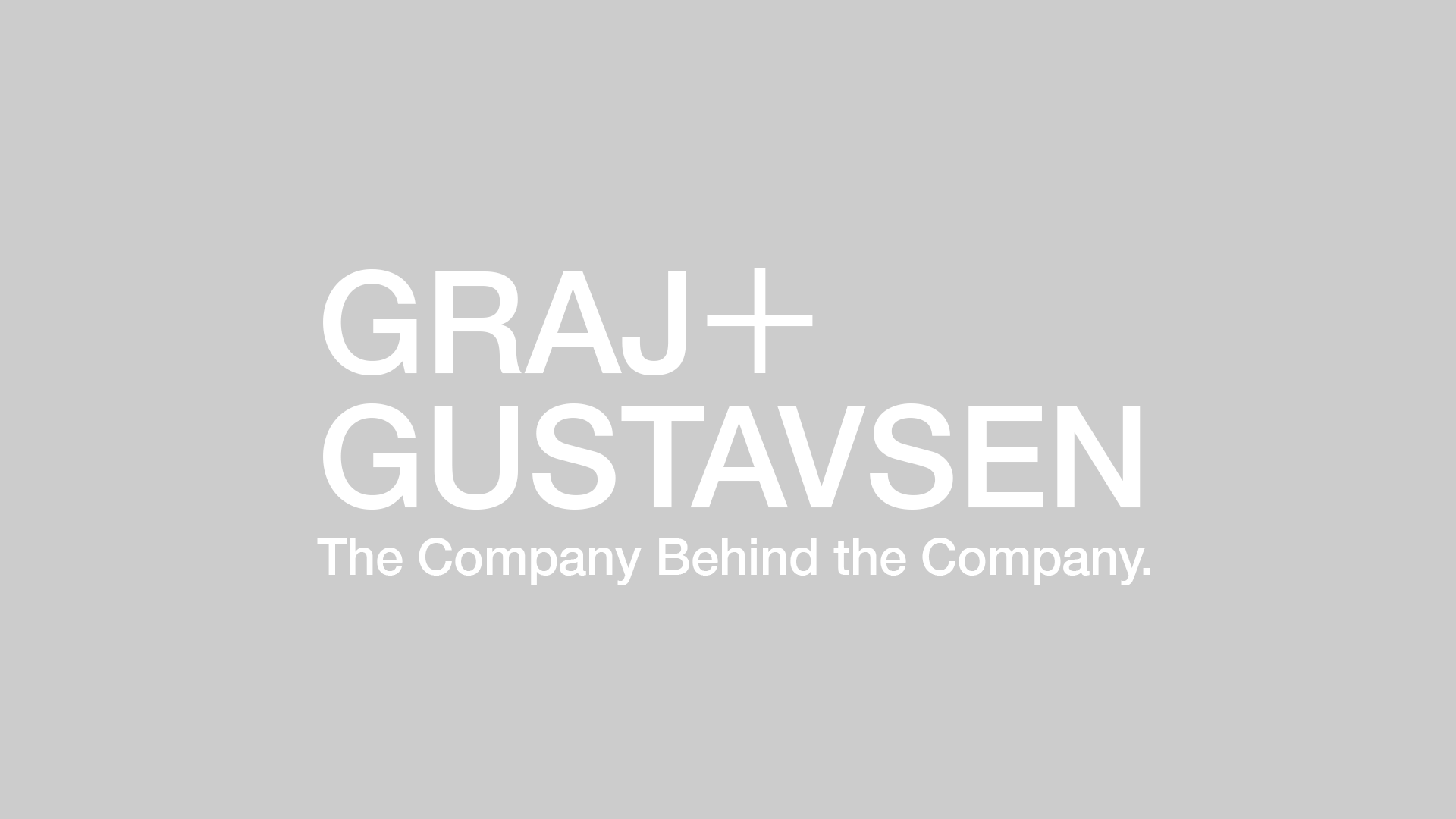As a society, we’re doing a better job of managing the economics of a better life. That includes taking a sharper look the price-tag when we want to splurge on upscale things.
Reading labels with a gimlet eye has opened the floodgates for house brands and generics helping us to land better value for a buck. This same reasoning has spelled predictably dark days for traditionally branded products unable to justify their top-heavy prices.
But, this attitude cuts both ways. And that may offer huge upticks for companies willing to work hard to deliver genuine value.
A recent New York Times article caught my attention when it framed the question: “Why Does This Pair of Pants Cost $550?” The goods in question are “luxury chinos” – “cotton gabardine khakis, sold at Bergdorf Goodman” fashioned by Scott Sternberg under the Band of Outsiders label.
Nutty pricing?
Article author Eric Wilson scrutinized the economics from the “jump iron” mold to $54 in “fabric cost” to $56 in domestic hand labor. According to the article, Sternberg applies a standard keystone margin, and “the retailer adds another markup, typically a factor of 2.5, which brings us to $550.” But these pants have, for one thing, “split waistbands” that are a cinch to alter.
We may live a t-shirt-and-jean lifestyle, but the wardrobe stars in the closet are increasingly a couple of pairs of those precision-fitted bottoms. For things that matter and that are central to our experience of everyday life, we are recalibrating the abacus of appropriate pricing.
Consider the high-utility, low-glamor array of things we carry, well, to carry other things. We are increasingly willing to shell out good money in exhange for durable superior performance. The lifetime-warrantied Harveys Seatbelt Bags (which include totes, hobos, satchels and day-packs) aim to match that appetite.
The core of experience-focused merchandise is highly practical; but some items just pluck our heartstrings by excelling for us in very personal ways. In one of his YouTube talks, Seth Godin mentions a yoyo that costs a sticker-shocking $112 . . . “but sleeps for 12 minutes.”
Godin also extols the French bread perfected by Parisian baker Lionel Poilâne. The artisanal cheeses that have caught our fancy fit the bill equally well. Americans are developing a much better sense for when a higher priced product truly merits the additional cost.
Starbucks was a great trendsetter and bellwether of how people are sizing up experience in a far more European latté-sipping way.
There is a narrative that goes with this experience,
To sell this sort of product today, you need to tell how it was touched and made, and – most importantly – why it’s worthwhile that it exists in the first place. The insider information is part of the experience we’re looking for before we part with our money. We hunger for behind-the-scenes stuff.
So, in answer to the question: Few people will part with $550 for a pair of chinos . . . and, none but the obscenely wealthy will, unless they know twenty pairs of hands meaningfully touched the garment to help create its durability and adjustability.
That’s an answer, but it’s just one answer, and you’re invited to chime in:
• As a reader, do you believe such premium experience-driven utility products are a reality or a ruse?
• Is there one product or category – the next hobo, chino, or yoyo – that’s crying out for this level of tender loving care?
• Premium utility products focus on durability, precision, and adaptability as leading traits. What other characteristics are either ignored or underestimated by product designers?


